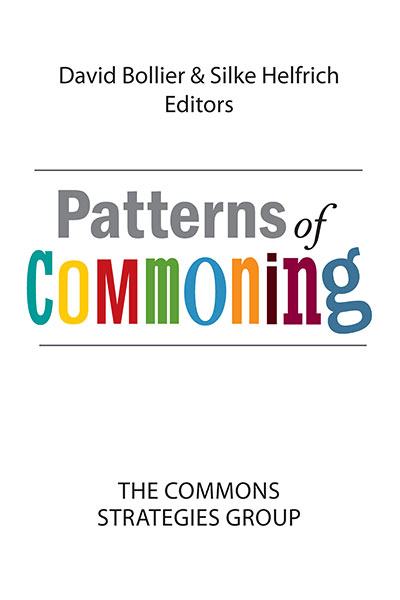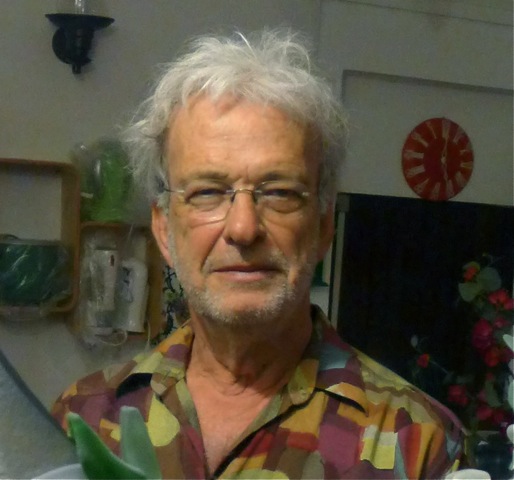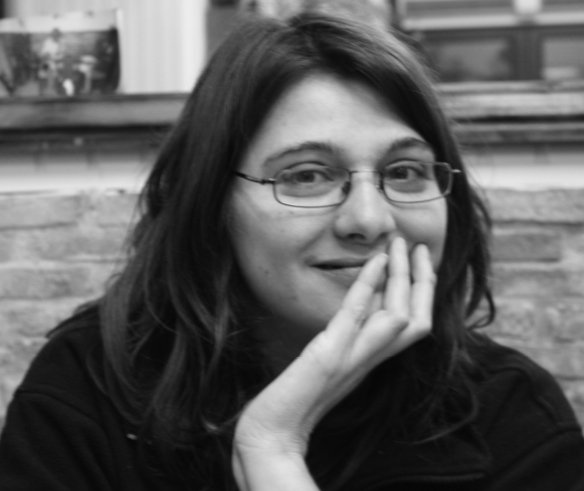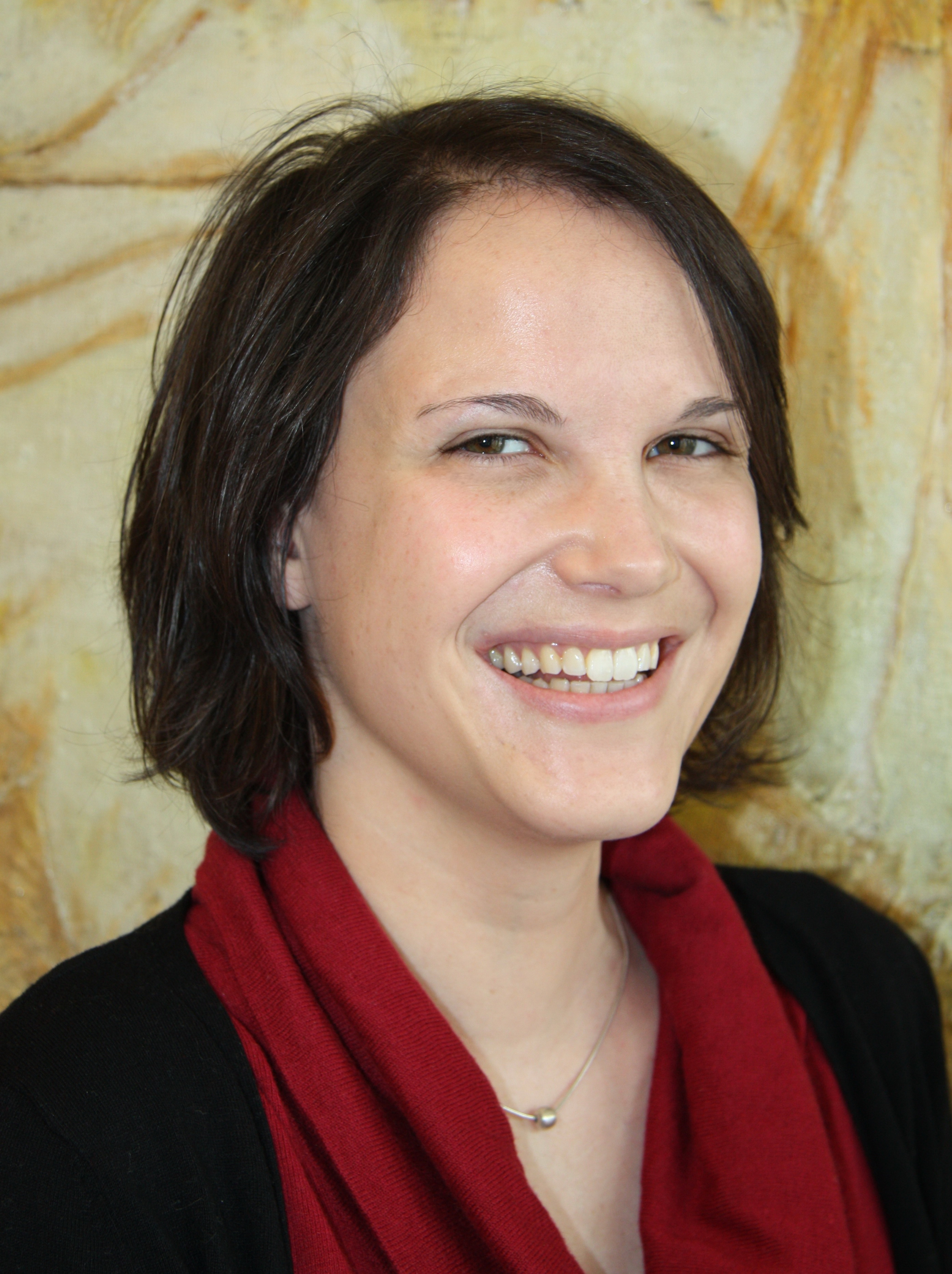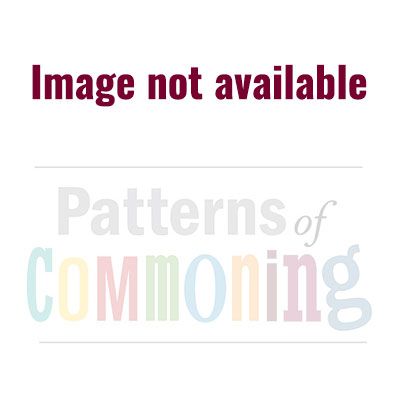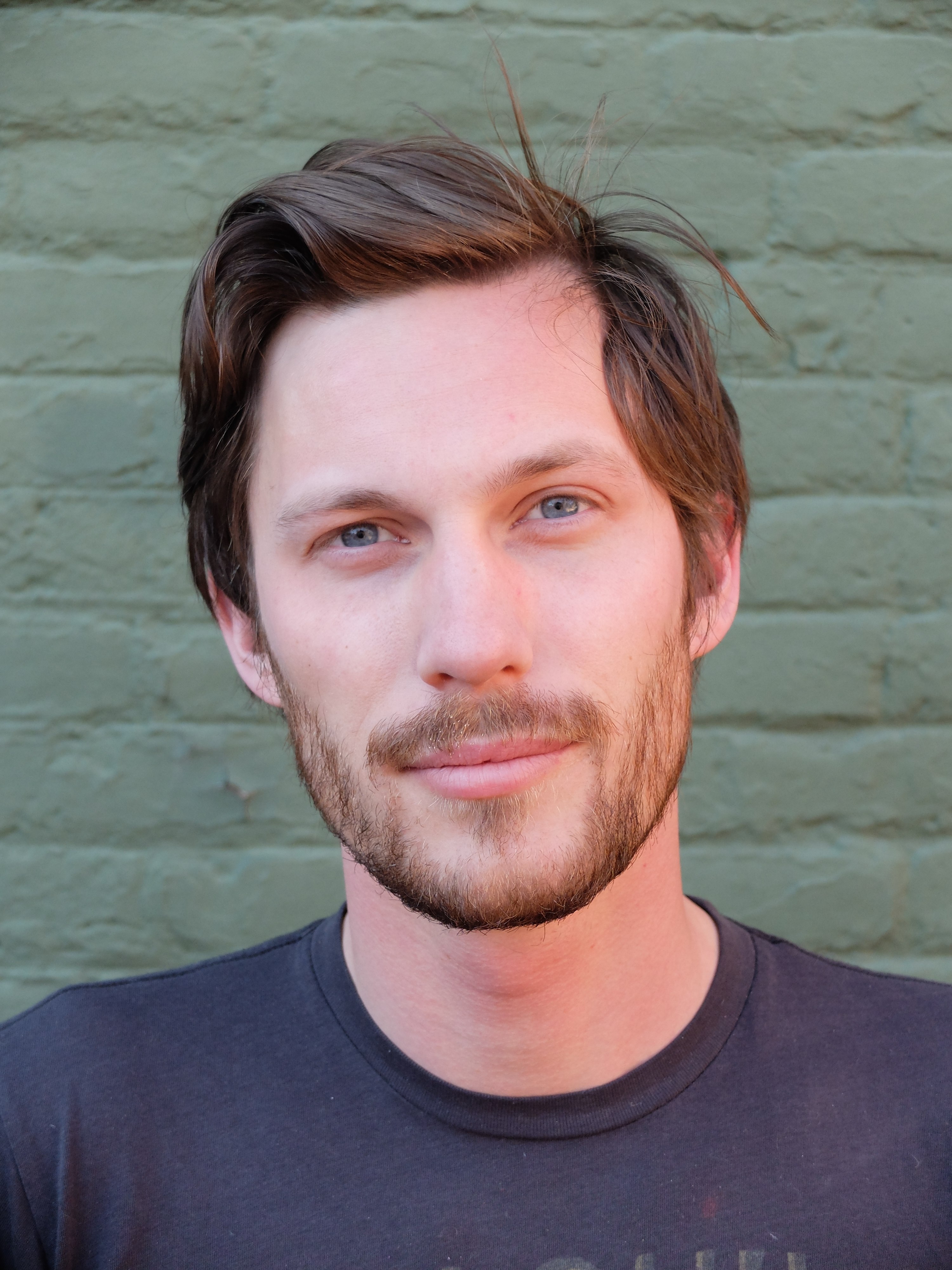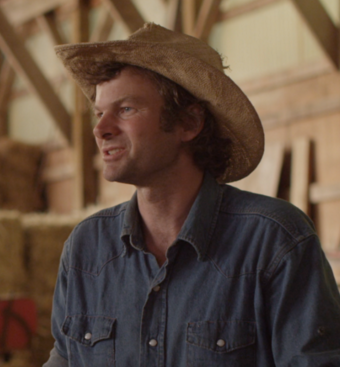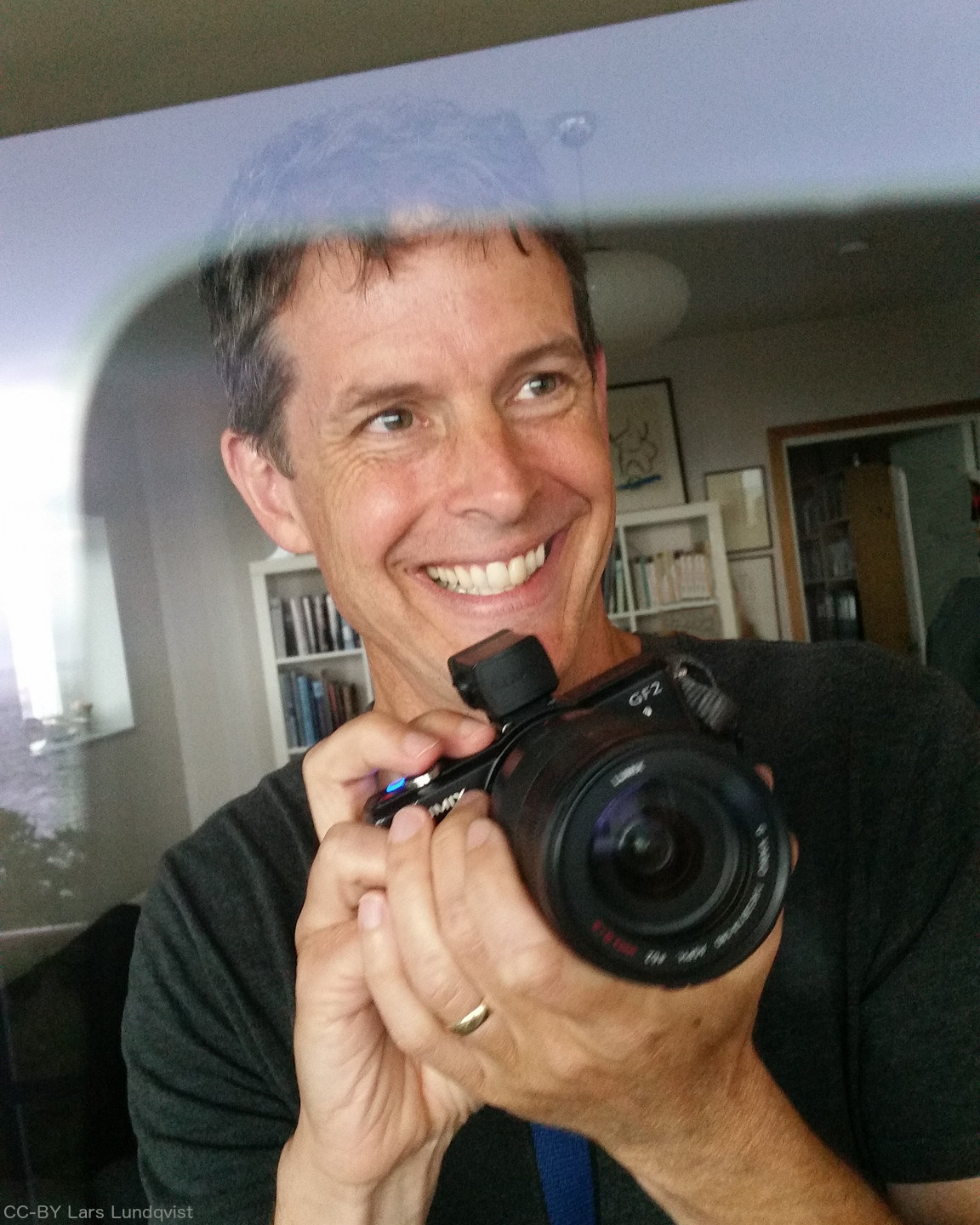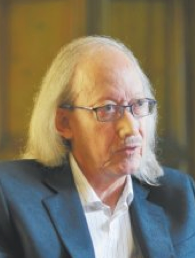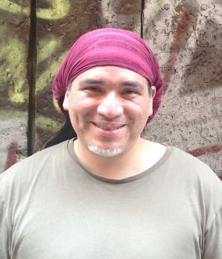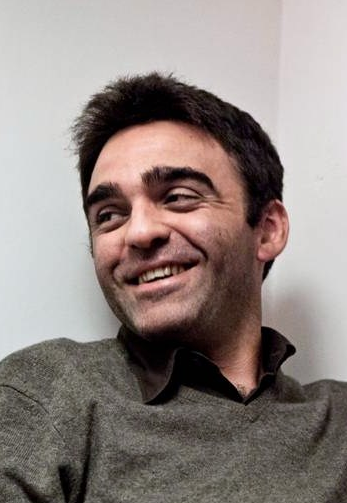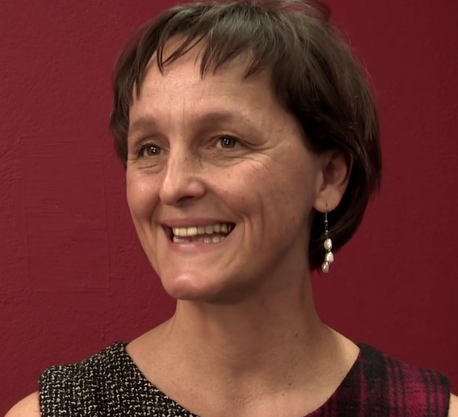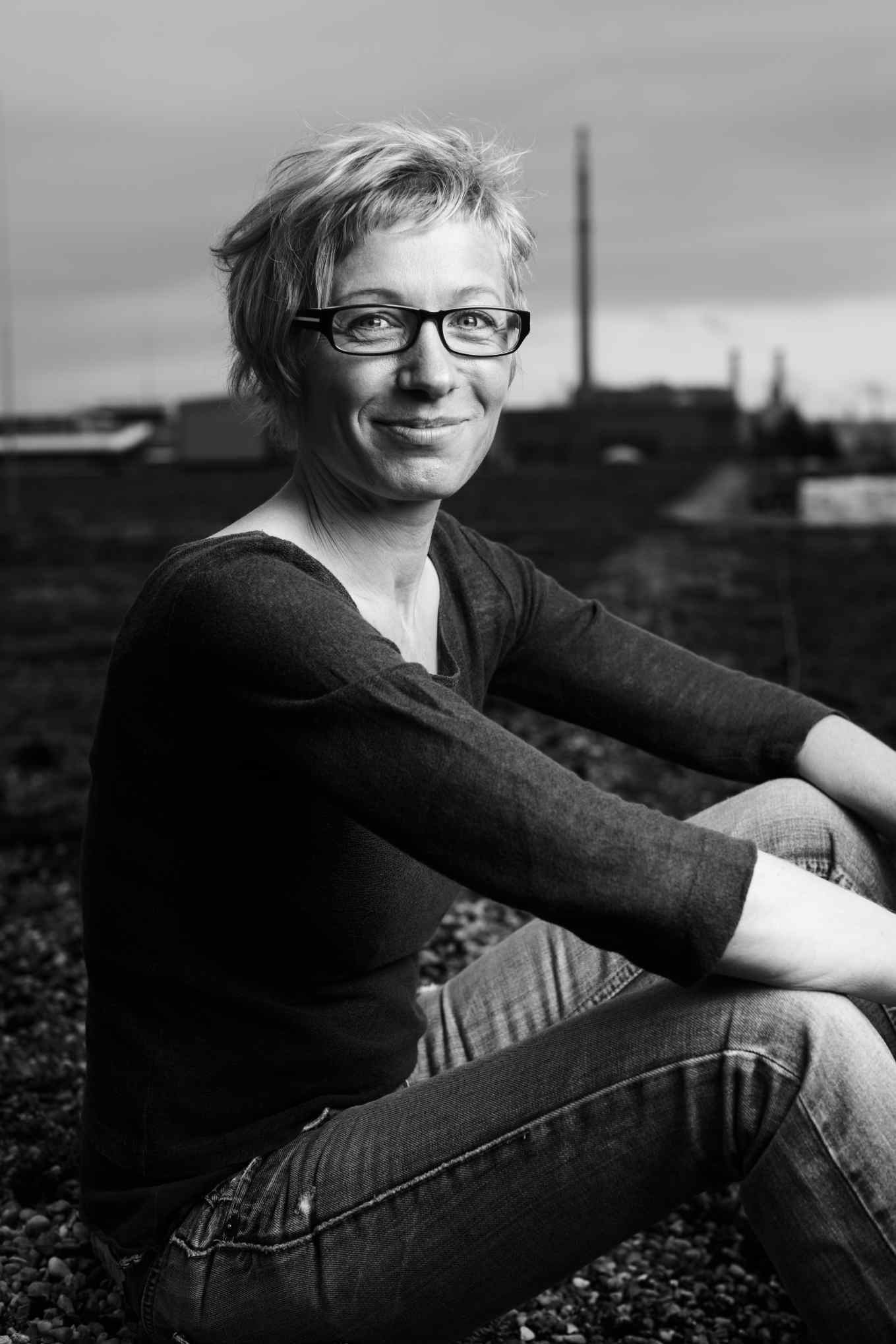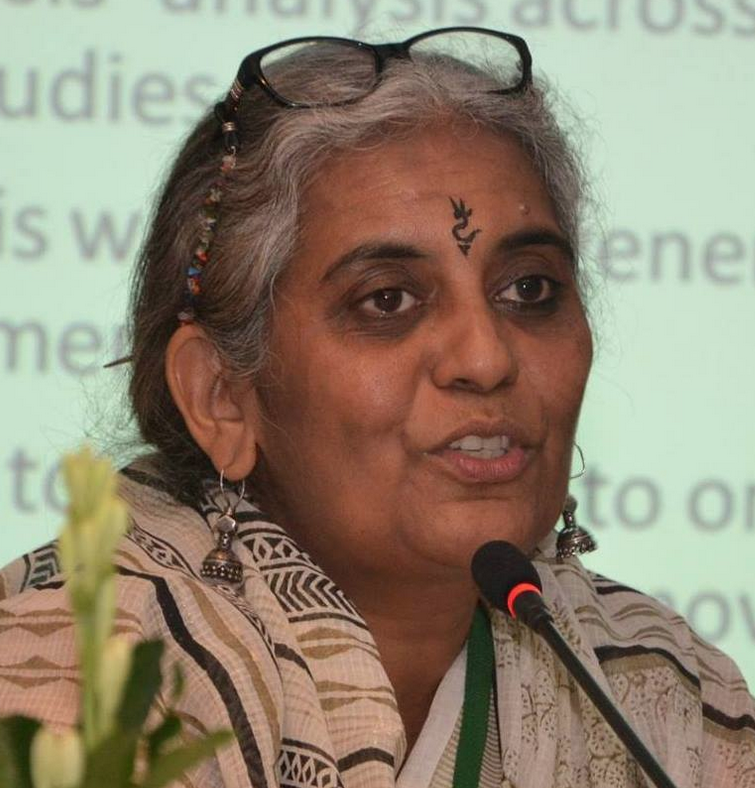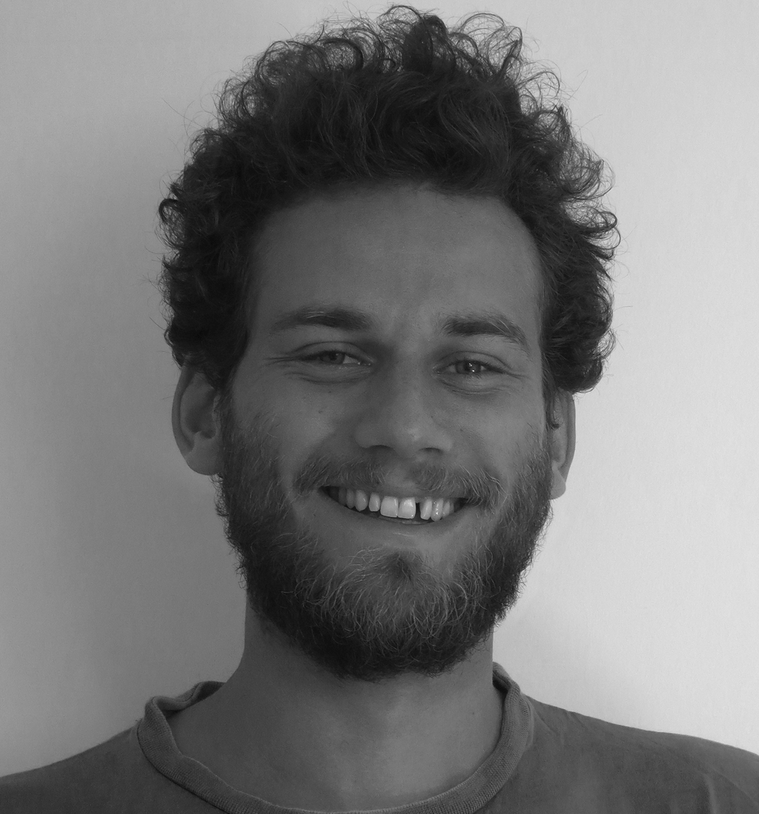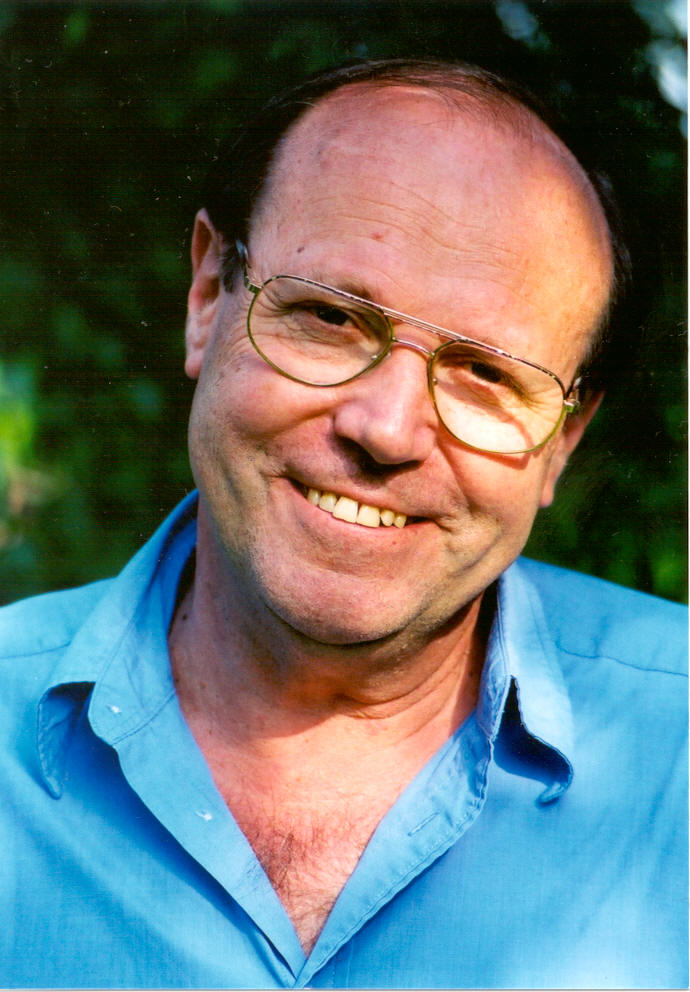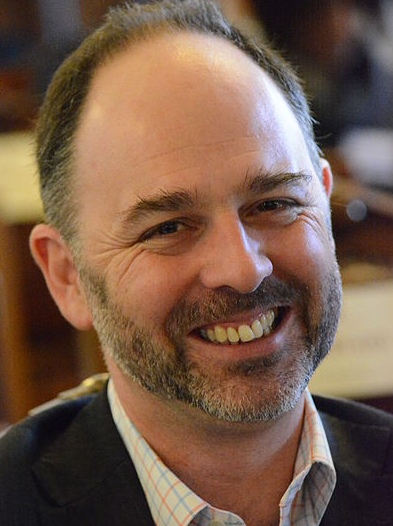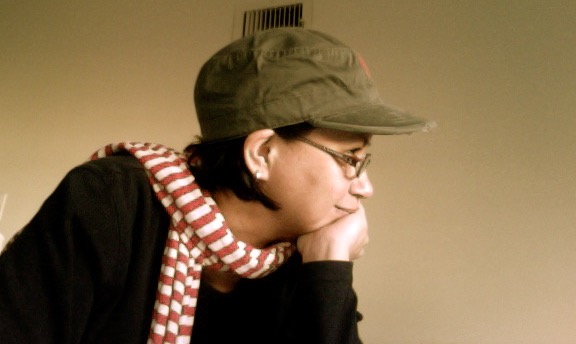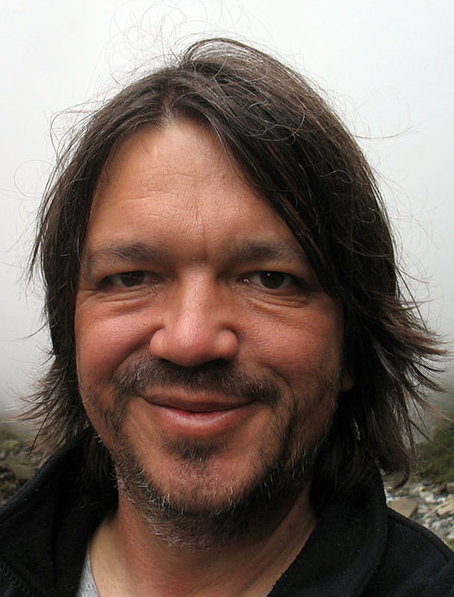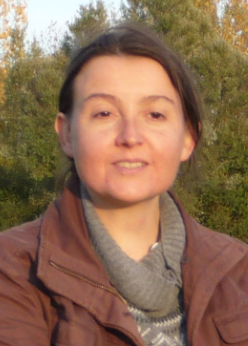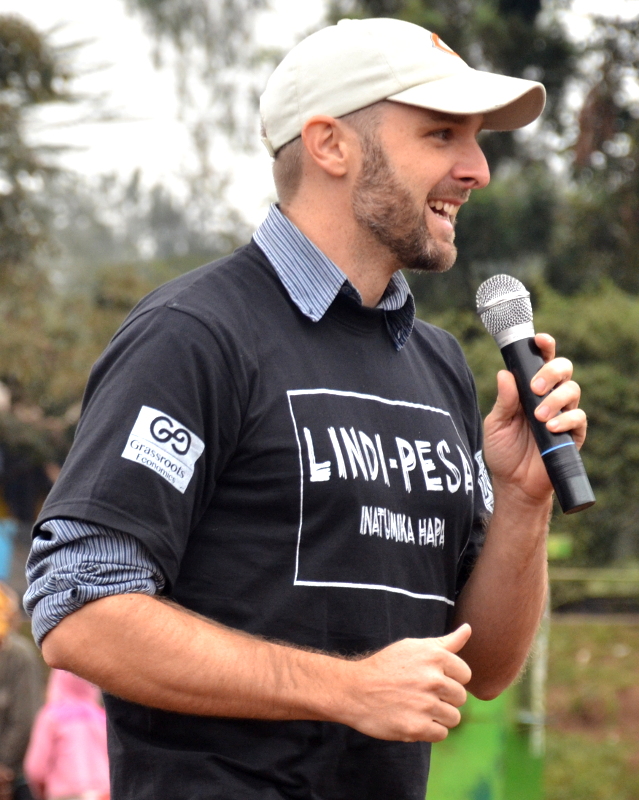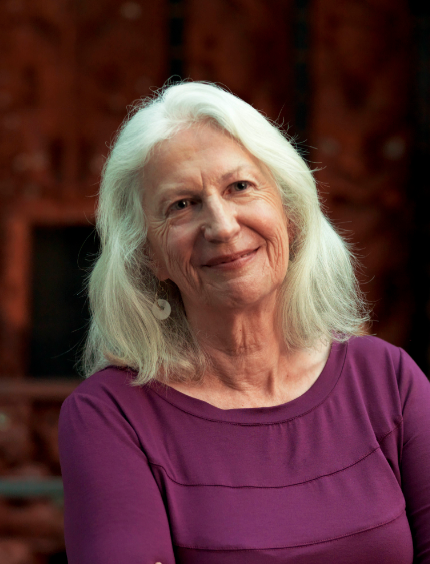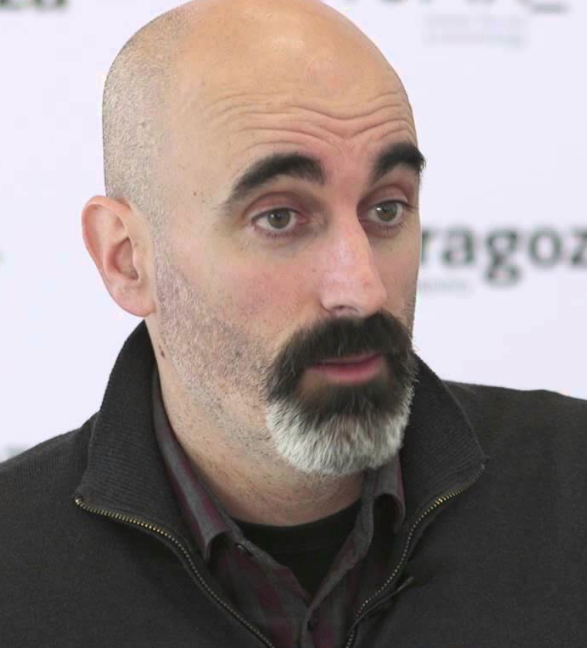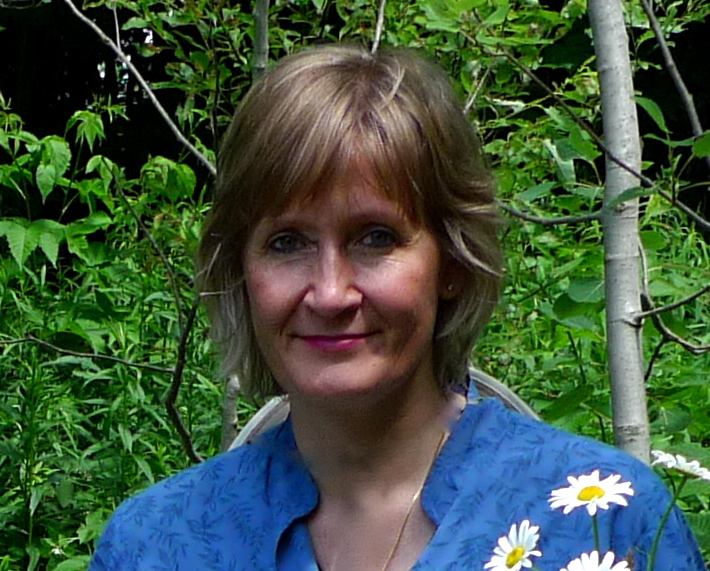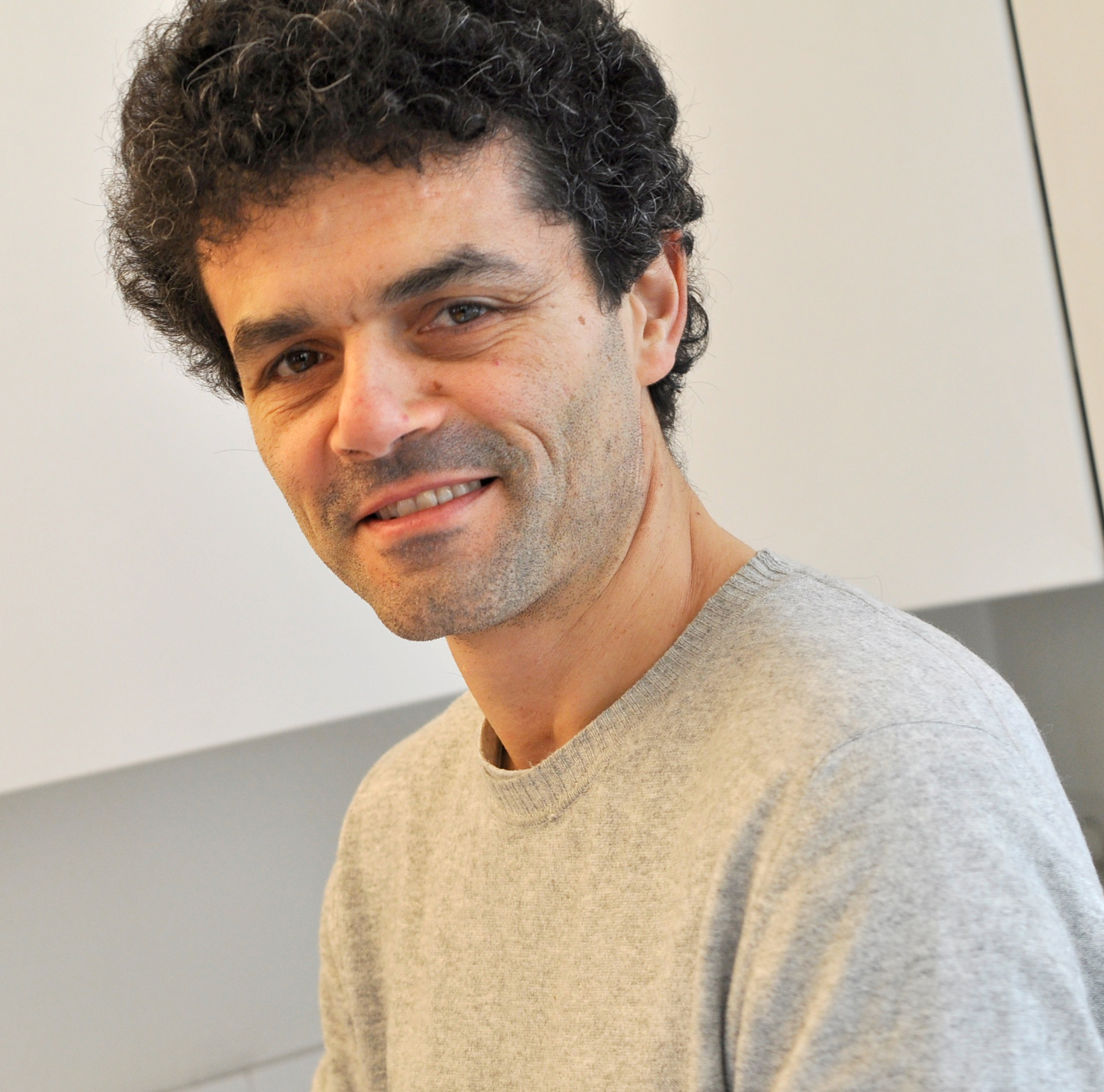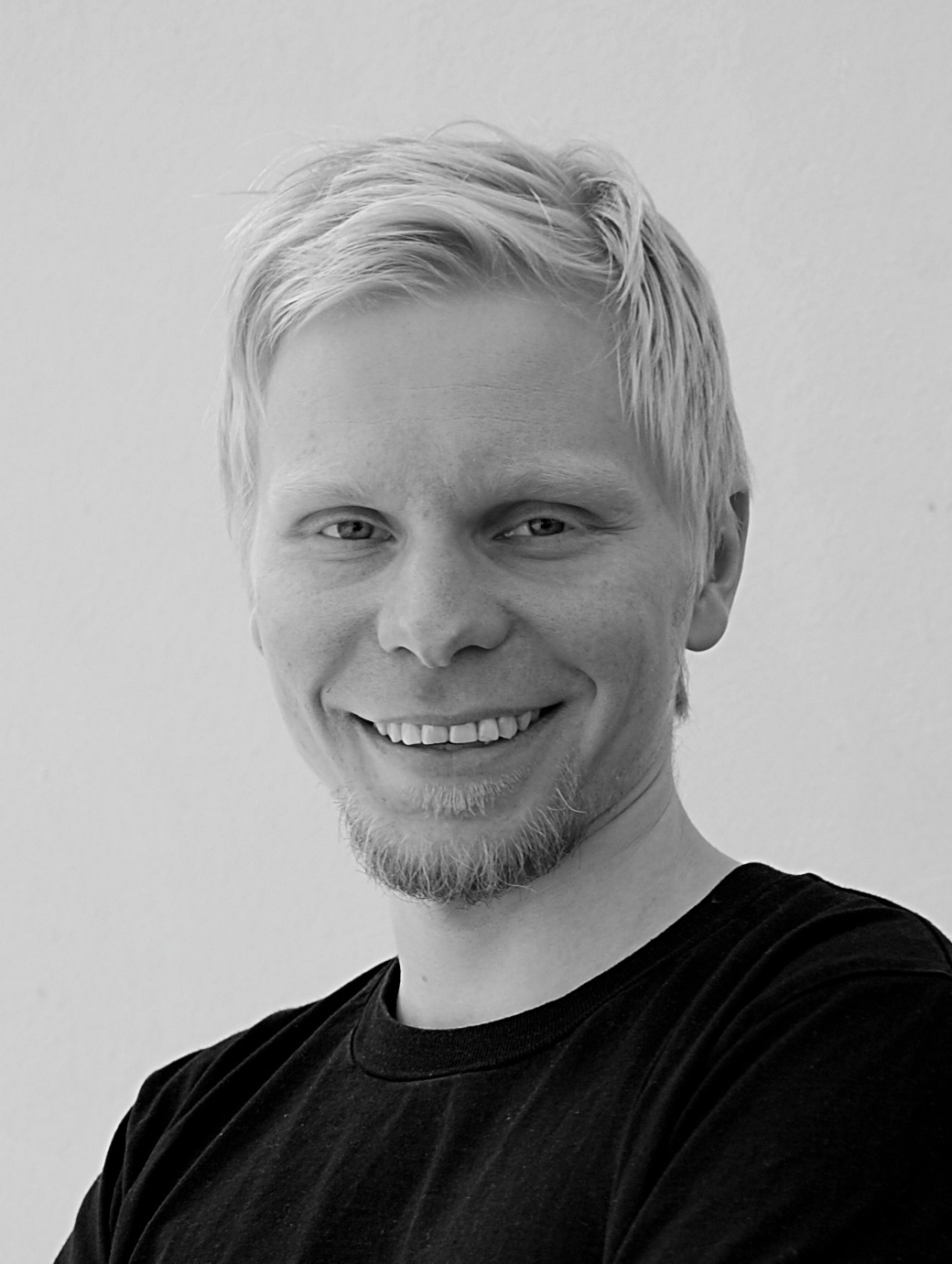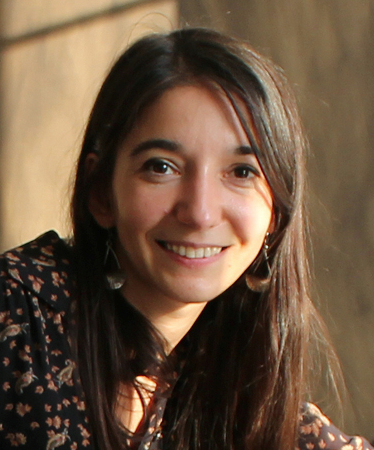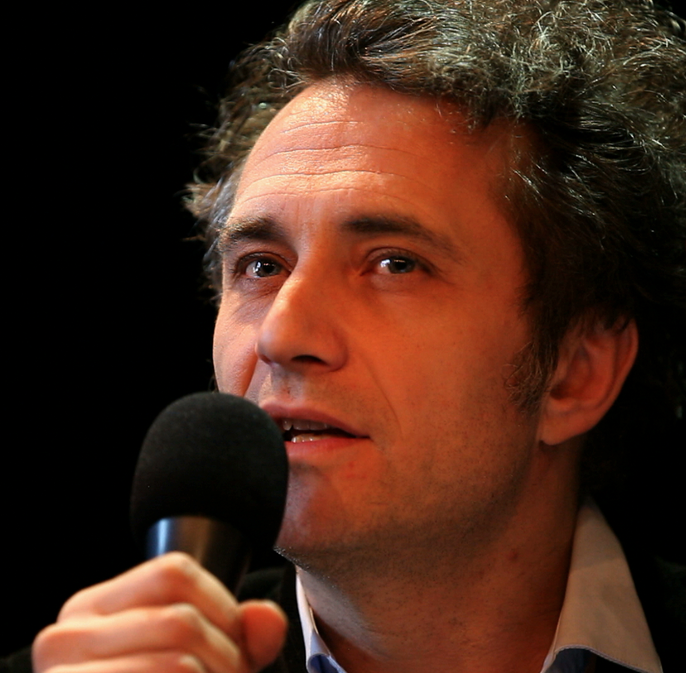Alain Ambrosi (Canada) is a designer and producer of intercultural projects, independent researcher, author, videographer and producer of the Remix The Commons Project.
Patterns of
COMMONING
Licenses for Commoning: The GPL, Creative Commons Licenses and CopyFair
By David Bollier
It is not widely known that the law regards virtually all artifacts of human creativity as private property from the moment they are created. Scribble a doodle, record a few guitar riffs, and copyright law treats the resulting “works” as a kind of private property over which you may retain legal control for the rest of your lifetime plus seventy years.
This monopoly right is supposedly necessary to incentivize authors to create new works, whether they be software code, recorded music, books or photographs. The assumption is that people won’t create without copyright protection and that all creative works must be bought and sold in the marketplace.
But what if a creator wants her work to be freely copied, shared and re-used?
Copyright law makes no express provisions for allowing such nonmarket uses. This fact that became painfully evident when the Internet became a mass medium in the 1990s and people suddenly wanted to share things online for free.
Richard Stallman, a legendary hacker, was one of the first to devise an ingenious solution to the limitations of copyright law. Stallman wanted his fellow software programmers to help improve the code he was writing and to be able to share the results widely. Stallman also wanted to make sure that no one could take software programs private by claiming a copyright in them.
His pioneering solution in 1989 was a “legal hack” known as the General Public License, or GPL, often known as “copyleft.” A work licensed under the GPL permits users to run any program, copy it, modify it, and distribute it in any modified form – without obtaining advance permission or making a payment. In practice, the GPL provides legally enforceable protections to works developed by large communities of coders.
The only limitation imposed by the GPL – and it is key – is that any derivative work must also be licensed under the GPL. This means that the terms of the GPL – the rights to copy, share, modify and reuse – automatically apply to any derivative work, and to any derivative of a derivative, and so on. This was a brilliant legal hack because it inverted the automatic privatization of content under copyright law, instead requiring automatic sharing. The more that a program is shared, the larger the commons of programmers and users!
The GPL has proven hugely significant over the past twenty-six years because it ensures that the value created by a given group of commoners will stay within the commons. People can contribute to a software program such as GNU Linux, the famous computer operating system, with full confidence that no one will be allowed to “take it private.”
The success of the GPL in the 1990s and early 2000s inspired law professor Lawrence Lessig and a band of fellow law scholars, activists, techies and artists to extend the idea of the GPL to other types of copyrighted content. Once again, the goal was to promote the legal sharing of content. But in this case, the focus was on texts, music, photography, videos, and anything else that can be copyrighted.
In 2002, a new organization, Creative Commons, launched a suite of six standard licenses to facilitate the sharing of such content. Creators were invited to choose what types of copying and sharing they wish to authorize for their works. The “Attribution” license (known by the abbreviation “BY”) allows copying so long as the author is given proper credit for the work. The NonCommercial license (NC) authorizes free reuse so long as the new work is used only for noncommercial purposes. The ShareAlike license (SA) authorizes free reuse so long as the new work also uses the same SA license (that is, derivative works must also be freely useable – similar to the terms of the GPL). A NoDerivatives (ND) license authorizes free reuse so long as the new work does not alter the original work. Any of these licenses can be mixed with others, creating new licenses such as an Attribution-NonCommercial license.
The CC licenses have been wildly successful in helping unleash the power of copying, imitation and sharing. Thousands of open access scientific journals now use CC licenses to make their contents available to anyone for free in perpetuity.1 Music remix and video mashup communities have flourished. Countless websites and blogs make their content freely accessible, which in turn encourages people to contribute their own talents. According to a report released by Creative Commons in February 2015,2 the number of CC-licensed works worldwide in 2014 was 882 million – up from an estimated 50 million works in 2006 and 400 million works in 2010. Nine million websites now use CC licenses, including major sites like YouTube, Wikipedia, Flickr, Public Library of Science, Scribd and Jamendo.
In recent years, there has been mounting frustration with the limits of the GPL and Creative Commons licenses in promoting the creation and protection of commons. Paradoxically, the more shareable the content under these licenses, the more capitalist enterprises are likely to use the “free” content for their profit-making purposes. The classic example of this was the widespread embrace of GNU Linux and other open source software programs by IBM and dozens of other major tech companies. While hackers are pleased that no one can “take private” the code they have worked on, companies are pleased they can use high-quality bodies of software code available at no cost.
This situation is certainly an advance over conventional proprietary software, which does allow any sharing or modification. Yet it still falls short of creating a commons in which the contributors are able capture the value of the work (whether monetary or otherwise) and to protect the integrity of their social commons over time.
To address the limitations of the GPL and CC licenses, Michel Bauwens of the P2P Foundation, working with hacktivist Dmytri Kleiner, developed the idea of commons-based reciprocity licenses, generically known as CCRLs or “CopyFair.” These licenses are specifically designed to strike a middle ground between the full-sharing copyleft licenses (such as the GPL and the Creative Commons Non-Commercial license) and conventional copyright law, which make creative works and knowledge strictly private.
The idea is to replace licenses that do not demand direct reciprocity from users, with licenses requiring a basic reciprocity among users in a commercial context. Bauwens and his colleagues are in the process of developing a Peer Production License that would explicitly allow commercialization of a creative work or body of information, but only if the creators, as copyright holders, are able to share in the gains. Bauwens envisions the PPL as a reciprocity license that would serve worker-owned co-operatives and online communities of creators. An early version of the PPL is currently being used experimentally by Guerrilla Translation, a Madrid-based activist/translation project, and the PPL is being discussed in various places, especially among French open agricultural machining and design communities.
As Bauwens explains, “The PPL is designed to enable and empower a counter-hegemonic reciprocal economy that combines commons that are open to all who contribute, while charging a license fee to the for-profit companies who want to use without contributing to the commons. Not that much changes for the multinationals. In practice, they can still use the code as IBM does with Linux, if they contribute. And for those who don’t contribute, they would pay a license fee, a practice they are used to.”
The practical effect of the PPL, says Bauwens would be “to direct a stream of income from capital to the commons, but its main effect would be ideological, or, if you like, value-driven.”
The PPL should not be confused with the Creative Commons NonCommercial license, which is used by creators who do not want their work used for commercial purposes. That license halts economic development based on open, shareable knowledge and keeps it in nonprofit spheres. But the PPL is intended to allow the commercialization of works developed on open platforms of shared knowledge so long as creators are compensated. The PPL would encourage communities to contribute to a common pool of knowledge, code or creativity, knowing that any resulting profit would help sustain their own cooperative entities; profit would be subsumed to the social goal of sustaining the commons and the commoners.
By using the PPL, Bauwens argues, “peer production would be able to move from a proto-mode of production, unable to perpetuate itself on its own outside capitalism, to an autonomous and real mode of production. It would create a counter-economy that can be the basis for reconstituting a ‘counter-hegemony’ with a for-benefit circulation of value allied to pro-commons social movements. This could be the basis of the political and social transformation of the political economy.” Instead of our being locked into a “communism of capital” in which large companies can amass more capital by appropriating the fruits of sharing on open platforms, peer production mode could self-reproduce itself, socially and financially.

David Bollier is an author, activist, blogger and scholar of the commons. He is cofounder of Commons Strategies Group and author of Think Like a Commoner and co-editor of The Wealth of the Commons, among other books.
- See essay on open access publishing; the essay on the Public Library of Science, by Cameron Neylon; and the essay on Open Educational Resources, by Mary Lou Forward.
- Creative Commons, “The State of the Commons,” February 2015, available at https://stateof.creativecommons.org/report.
